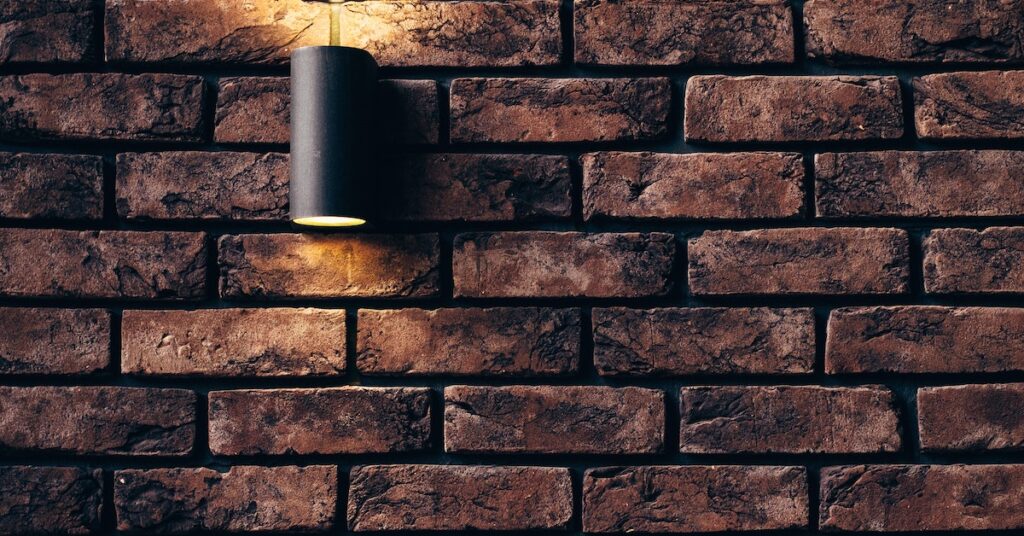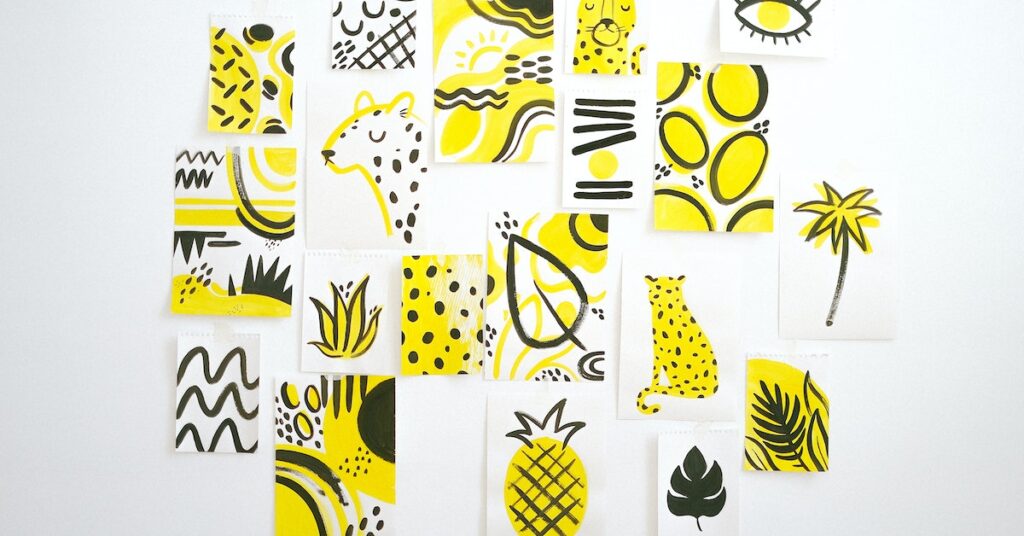There are several things that you can do to improve as a drawing artist. You can take classes to keep yourself accountable and a teacher can help you to correct your weak points. You can also learn by watching others who draw. You can find meet-ups at art supply stores, watch uninstructed sessions with models, or even get private instruction from someone who has experience in drawing.
Doodling improves drawing skills
Doodling is a creative exercise that trains the mind and develops muscle memory. In addition to improving drawing skills, doodling improves your perspective, an important skill for artists. Drawing in perspective is the art of representing objects in three dimensions on a two-dimensional surface, and doing so gives the illusion of depth. Doodling also helps artists and writers think outside the box.
Doodles are often unique to the drawer, and they can include a variety of repeated shapes, lines, and words. They can be of any style, and don’t have to be perfect. You can even use them to jot down your thoughts. The best way to improve your doodles is to practice for at least 10 minutes each day, and keep experimenting with patterns and styles.
While many people assume that doodling is just a way of wasting time, many researchers have found that it is a valuable tool for learning and improving drawing skills. It has also been shown that doodling helps with memory and concentration. In fact, doodling while listening has been shown to improve recall of information, especially when people can use it as a tool to share information with others.
In addition to improving drawing skills, doodling improves attention and concentration, as well as allowing individuals to gain insights into the inner workings of the brain. This study also suggests that doodles are beneficial for people who are interested in art, and may even improve the creativity of artists.
Doodling improves drawing skills and can improve communication between artists. Researchers have even found that doodling can help us process information and improve our problem solving skills. For example, doodles can inspire new ideas and improve communication in a professional setting. Samantha Wilson, a high school teacher and graduate student from Southborough, Mass., uses doodles to fill in blanks in her lectures. She uses drawings of gastric secretions and hernias to fill in the gaps that she may have missed out on.
Taking requests improves drawing skills
Drawing requests from customers can improve your drawing skills in a variety of ways. Not only can you take on new tasks and make new drawings, but you’ll also get some practice with the subjects you’re requesting. For instance, you might want to sketch a dancing figure so that you can improve your drawing skills by conveying a sense of movement. You might also want to draw a person in conversation to develop your skills in gesture, emotion, and the human body’s proportions.
Taking requests to draw objects from customers can help you improve your drawing skills and develop your style. The process can give you fresh ideas and inspiration for drawings that you might not have thought of before. You can practice these tasks in your sketchbook or notepad. It’s also a great way to learn about the art industry’s techniques and trends. You can also make new connections with fellow artists.
The ability to draw from memory is an important skill for fine artists. Drawing from memory helps artists create a picture that fits a client’s description. This is useful for fantasy art and surrealism, as artists often are unable to find a real model to model their ideas. This technique can also help artists create artwork that fits a client’s personality.
When you take on a drawing challenge, you’ll push your drawing skills to the next level. It can be as simple as drawing a hair underwater or as complex as drawing a complex mechanical object. Sometimes, drawing a simple object like your favorite food can help you hone your technique.
Scheduling your drawing sessions
Scheduling your drawing sessions is a great way to keep your art fresh and interesting. You should try to draw different subjects on a regular basis, since the different styles and techniques complement each other. For example, learning to draw buildings from perspective will help you with your portraits, and learning to paint in black and white will help you improve your color paintings. Studying the same subject for a long time will become boring, so it is important to keep the learning process interesting and challenging.
Creating a drawing catalog is another great way to stay organized and focused on improving your art. It’s helpful to keep a file of your art and review it monthly or more frequently. This will help you see your progress and identify areas that need improvement. You can also use your drawing catalog as a reference when evaluating the skills you need to develop and learn more about drawing.
Scheduling your drawing sessions will help you avoid the problem of not having enough time to draw. Creating a daily schedule and blocking time in your calendar will help you to make the time. Your goal should be to improve your art skills every single day, so do your best to set aside a specific amount of time every day to improve.
It’s also important to keep in mind that daily sketching can be therapeutic for your creativity. It’s a good outlet for your creative energy, which will help you develop your drawing skills and improve your ideas. Though drawing ideas may not come easily, it’s essential to sketch regularly to keep your skills sharp.
Observation is key to developing drawing skills
If you are interested in developing your drawing skills, observational drawing is an invaluable skill to learn. It will help you create realistic images and solve problems. The key is to draw something you’re interested in. If you’re new to observational drawing, you might want to start out with a simpler subject. Don’t worry if your drawings are imperfect; it’s all about capturing the essence of what you’re seeing.
Observational drawing will help you develop your ability to observe the world around you. It will also help you better understand how art works. Drawing from life will help you understand the light, perspective, and other elements of a subject. Once you understand this, you’ll be able to apply it in other areas of your life.
Drawing from observation requires a keen eye. Drawing from direct observation is usually expected to be accurate, but there’s nothing wrong with adding your own style. Even small details can add character to an artwork. In addition to paying attention to detail, you should remember that your drawing isn’t a replica of the real thing.
Learning to draw from life is a life-long process. Not only can it help you develop your drawing skills, it can also help you improve your problem-solving skills. It’s also helpful in fostering science-communication efforts. When scientists and artists collaborate, the results can lead to better science. As an example, effective caribou management in Canada relies on strong relationships between indigenous First Nations and researchers. As an example, Jean Polfus, an ecologist at Trent University, Ontario, used drawings to document traditional knowledge about the Dene First Nation’s caribou population. She enlisted local hunters to help her annotate her drawings. By creating an iterative drawing process, she overcame elders’ reluctance to participate in research.
Developing drawing skills is as important as learning to read and write. Drawing allows you to explore the world around you and to express yourself in a more meaningful way. It improves your observation skills and can unlock your creativity.








